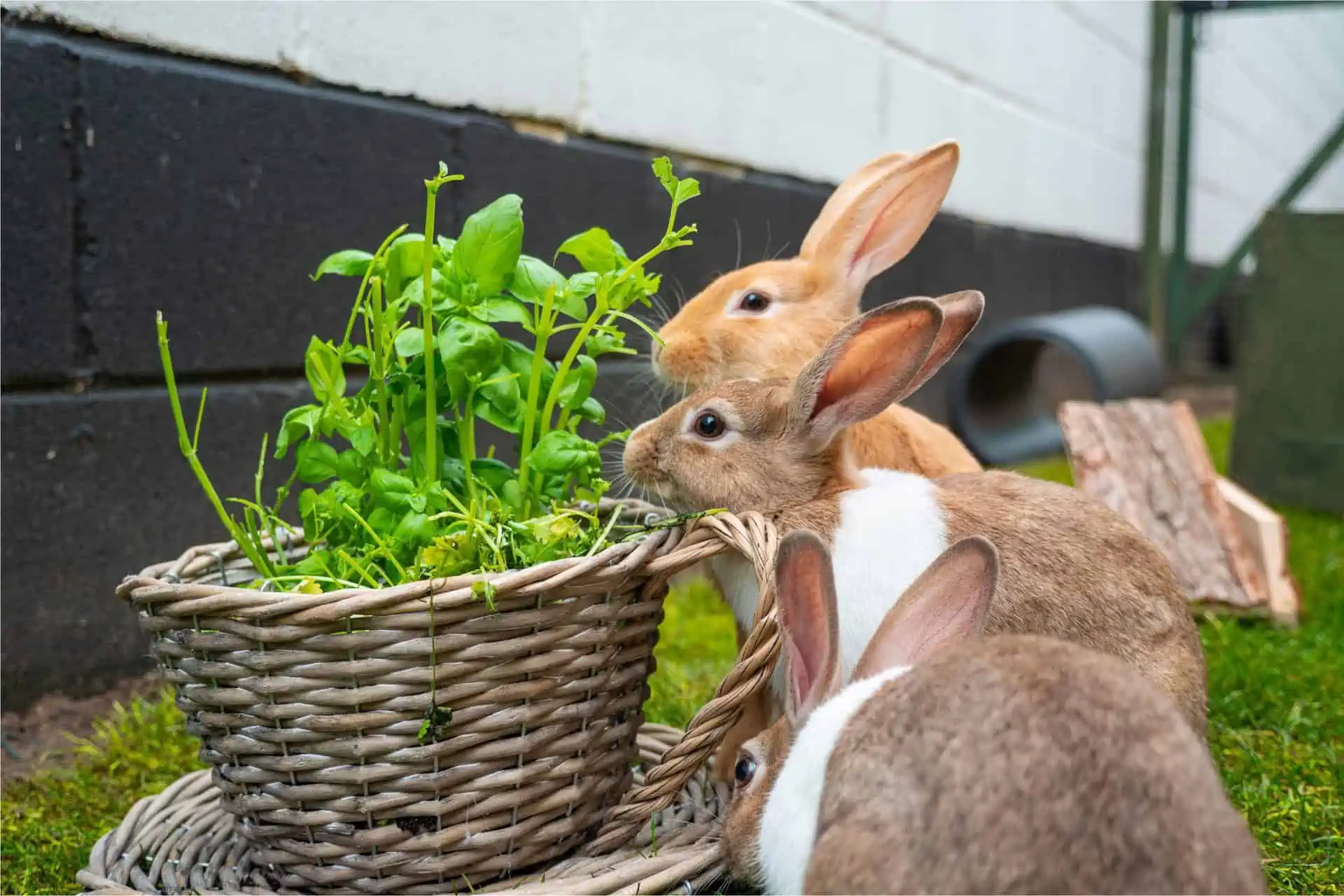Housing your rabbits
Whether your rabbits live outdoors or indoors, it is essential they have enough space. A hutch is not enough. The Rabbit Welfare Association & Fund asserts that rabbits should always live with another rabbit and they should be able to lie stretched right out and hop at least three times.
Their hutch should be permanently attached to a larger space within which they can exercise freely. This could be a safe bunny-proofed room indoors, or a large run outdoors. The housing itself should be big enough to allow your rabbits to make at least 3 hops. It’s recommended it is a minimum of 3m x 2m x 1m tall. Your rabbits should also have full access to their exercise area at all times so they can run around as they would in the wild.
In the wild rabbits are prey animals so it is important that they feel safe. Your rabbits’ housing should have safe hiding places so that they can escape if they feel scared. Make sure you have a secure shelter with plenty of soft, safe bedding, either dust-free straw/hay or special bedding designed specifically for rabbits.
Your rabbits will also need access to an area where they can go to the toilet. This should be separate to the sleeping areas and you can use newspaper, hay/straw and/or a paper based non-expanding litter. It is important to provide enrichment tools for your rabbits. Tunnels, platforms, as well as at least one hiding place per rabbit with two entrances/exits work well.
Your rabbits should have a constant fresh supply of good-quality feeding hay, such as Excel Feeding Hay with Hedgerow Herbs, placed in hay racks and areas that are separate to the bedding area. There should also be fresh, clean water constantly available.
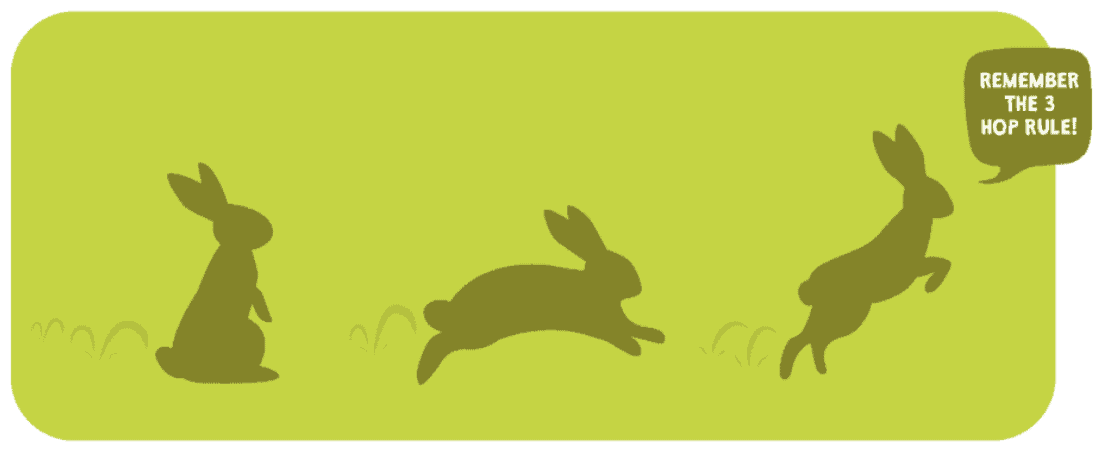
Quick tip

Excel Indoor Guinea Pig Nuggets
Did you know?
Housing Checklist
Rabbits can be kept indoors, but it is important that you gradually get your rabbits used to common household sights, sounds and noises. All areas that the rabbits move around in should be fully rabbit-proofed to ensure that they are safe and protected from hazards. For example, all electric cables should be covered to stop your rabbits chewing on them and any house plants should either be safe for rabbits or kept out of the way. You should also make sure the flooring is non-slip as slippy floors can cause rabbits injury and stress. Your rabbits should also be kept away from radiators and their space should be kept well ventilated as overheating can be fatal to rabbits.
It’s also important that you provide plenty of enrichment and ideally, give your rabbits access to a secure area outside so that they can dig and graze on grass. If this isn’t possible the next best thing is to provide ‘dig-boxes’ filled with earth of child-safe sand and pots with growing grass in.
The essentials you will need to make the perfect set up for you rabbits:
- Rabbit-proofed space
- Non-slip flooring
- Food bowl
- Water bowl
- Hay Rack
- Litter Tray & Filling Hidey Holes/Tunnels
- Boredom Breakers
- Excel Nap & Nest Bedding
- Lots of tasty Excel hay!
- Excel Nuggets
- Excel Treats
- Rabbit-safe cleaning products
Cleaning rabbit housing
DAILY:
You should give your rabbits’ housing a quick clean daily, throwing out wet/dirty bedding, uneaten food and cleaning and refilling food and drink containers.
WEEKLY:
A more thorough clean should be completed weekly. You should remove and replace all your rabbits’ bedding.
MONTHLY:
Every month you should give your rabbits’ housing a ‘deep clean’ where you take everything out, scrub the housing with a animal-safe cleaner then replace bedding the with fresh hay or straw.
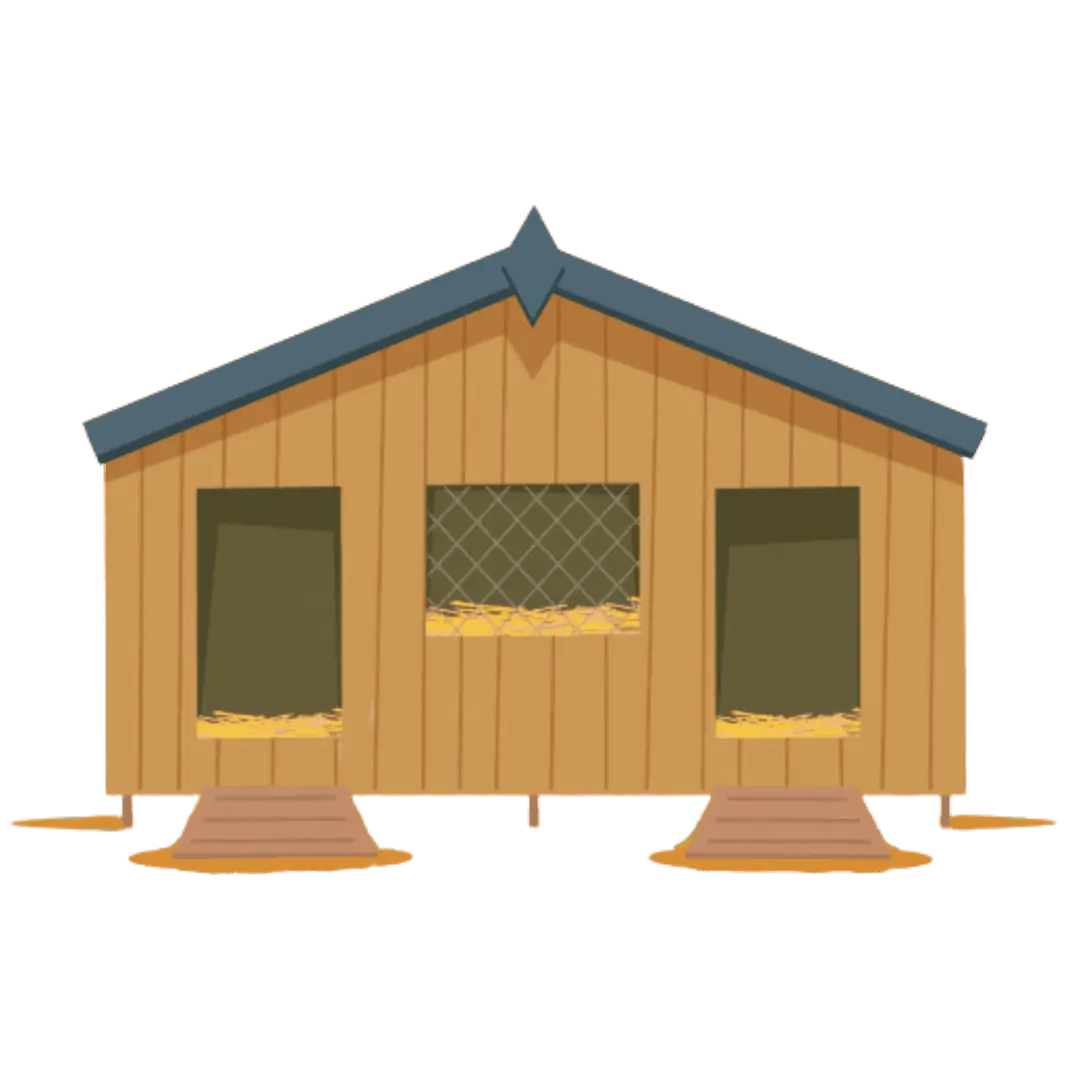
Our Burgess Excel Range

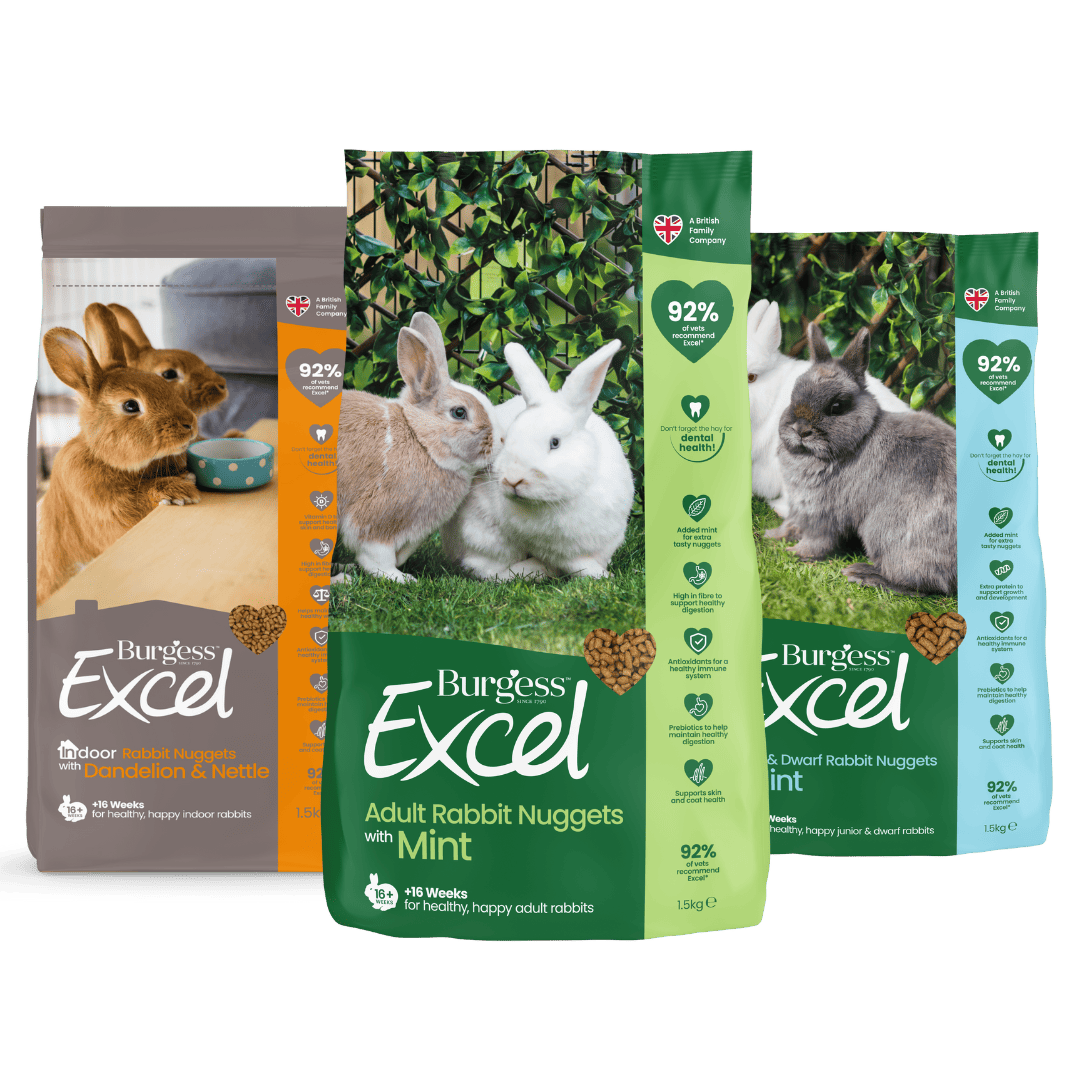





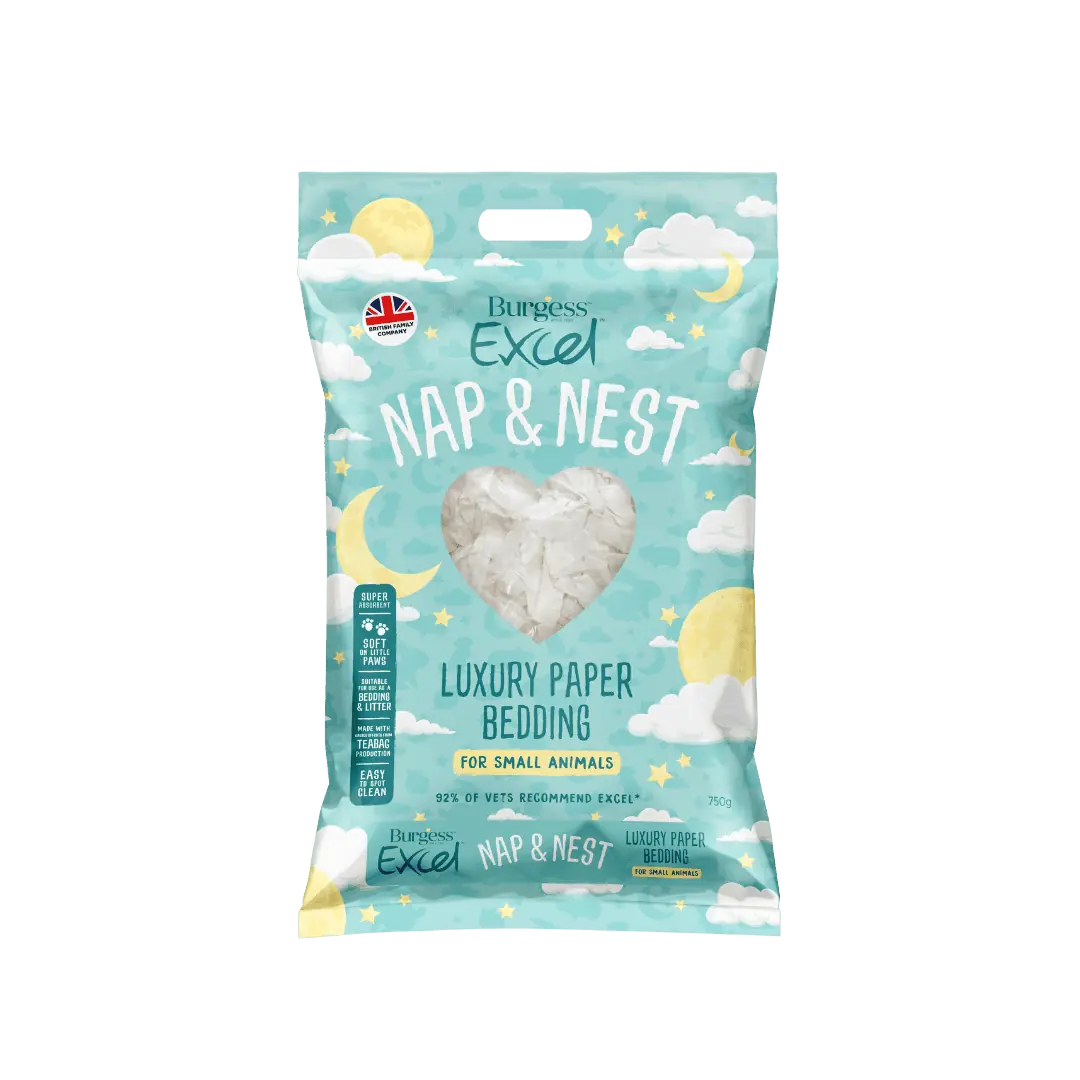
Do you need more advice?
To help you find the right food for your rabbits have a look at our product range.
You can get in touch with our customer care team who will respond in 3-5 working days. Our dedicated team of pet experts will help you make the right choice.
If you should have any concerns about the health of your rabbits, always consult a vet.

